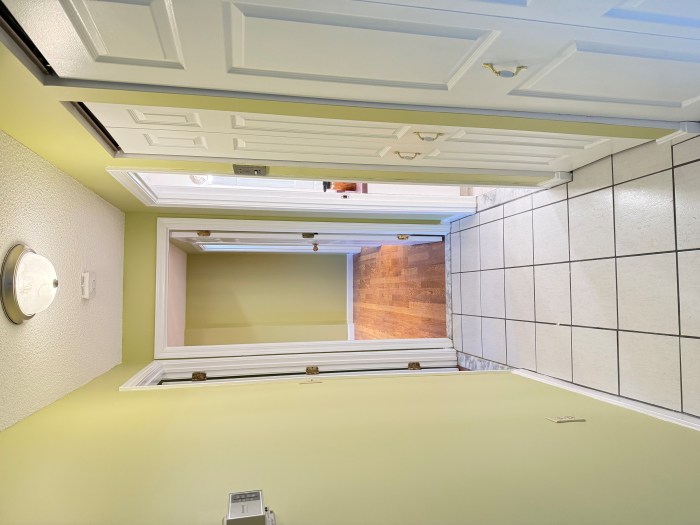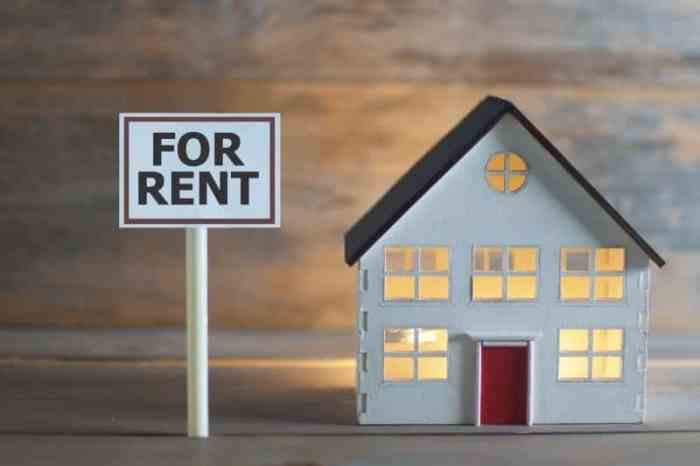House for Rent Near Your Guide
Finding the Perfect House for Rent: A Comprehensive Guide: House For Rent Near

Source: msecnd.net
House for rent near – This guide provides a detailed overview of factors to consider when searching for a house for rent, focusing on geographic location, property features, market dynamics, and legal aspects. We’ll explore how to refine your search, understand rental costs, and navigate the process of securing a lease.
Geographic Targeting & Search Refinement
Effective geographic targeting is crucial for finding suitable rental properties. Rental prices and property types vary significantly depending on location. Consider proximity to amenities, commute times, and desired lifestyle.
- Downtown Metropolis: Expect high rental costs and a mix of modern apartments and renovated older buildings. Properties may be smaller but offer walkability and proximity to entertainment.
- Suburban Willow Creek: Moderately priced rentals, predominantly larger single-family homes with yards. Longer commutes are likely.
- Coastal Seaside Haven: Higher rental costs due to desirability, with a mix of beach houses, condos, and smaller homes. Expect a strong emphasis on ocean views.
- Rural Oakhaven: Lower rental costs, featuring larger properties on expansive lots. Expect longer commutes and limited access to amenities.
- University Town Center: A mix of rental options catering to students and young professionals. Rental prices vary depending on proximity to campus and amenities. Expect a high demand during academic years.
The following table illustrates hypothetical rental costs for three house sizes in urban versus suburban areas:
| House Size (sq ft) | Urban Area (Monthly Rent) | Suburban Area (Monthly Rent) | Difference |
|---|---|---|---|
| 1000 | $2500 | $1800 | $700 |
| 1500 | $3500 | $2500 | $1000 |
| 2000 | $4500 | $3200 | $1300 |
Refining your search terms is essential. Examples include:
- “house for rent near good schools”
- “house for rent near public transport”
- “house for rent near parks and green spaces”
- “house for rent near downtown, pet-friendly”
- “house for rent near hospital, wheelchair accessible”
Property Features & Amenities
Desirable house features significantly impact rental prices. Consider the importance of specific features based on individual needs and preferences.
- Garage: Provides secure parking and storage, increasing rental value.
- Garden: Offers outdoor space and enhances curb appeal, commanding higher rents.
- Central Heating/Cooling: Essential for comfort, especially in extreme climates, influencing rental rates.
- Updated Kitchen: Modern appliances and finishes are highly sought after.
- Multiple Bathrooms: Increases convenience and desirability, especially for families.
- Finished Basement: Adds living space and versatility, increasing rental value.
- Laundry Facilities: In-unit laundry is a significant convenience, commanding higher rents.
- Security System: Enhances safety and security, a desirable feature for many renters.
- Large Windows/Natural Light: Creates a brighter and more inviting living space.
- Energy-Efficient Appliances: Reduces utility costs and is increasingly important to environmentally conscious renters.
Property styles also influence appeal and rental prices. Victorian homes offer character and charm, attracting those who appreciate historical architecture. Modern homes appeal to those who prefer sleek design and contemporary features. Townhouses provide a balance between space and convenience, often appealing to young professionals or smaller families.
Amenities significantly impact rental costs:
- Swimming Pool: Properties with pools generally command higher rents, reflecting the added cost and maintenance.
- Pet-Friendly Policy: Pet-friendly properties may have slightly higher rents to offset potential damages or cleaning costs.
- Updated Appliances: Modern, energy-efficient appliances are highly desirable and justify higher rental fees.
Rental Market Dynamics & Trends

Source: clevergirlfinance.com
Several factors influence rental prices. Understanding these dynamics helps in making informed decisions.
- Local Economy: A strong local economy often leads to higher rental prices due to increased demand.
- Seasonality: Rental prices may fluctuate based on seasonal demand (e.g., higher in summer tourist areas).
- Housing Supply: A shortage of available housing tends to drive rental prices upward.
Recent economic events, such as inflation or recessions, can significantly impact the rental market. Areas near city centers might experience slower price increases during economic downturns compared to suburban areas. Industrial areas may see fluctuations based on job market changes.
Different renter demographics prioritize different features and locations. Families often prioritize proximity to schools and parks, while young professionals may prefer urban locations with easy access to public transportation and entertainment.
Visual Representation of Rental Data
Imagine an illustration of an ideal family home near a park, with a school visible in the distance, a playground within walking distance, and a quiet residential street. The house itself is depicted as a two-story home with a yard, clearly indicating family-friendly features.
A bar graph visualizing average rental costs could show “Average Rental Cost by House Size in Willow Creek” on the title. The horizontal axis would display house sizes (e.g., 1000 sq ft, 1500 sq ft, 2000 sq ft), and the vertical axis would show average monthly rent. Each bar would represent a house size, with its height corresponding to the average rental cost.
A legend would clarify the data representation.
A flowchart illustrating the rental search process would begin with “Start: Defining Needs & Budget,” followed by “Search Online Listings,” “View Properties,” “Negotiate Lease Terms,” “Background Check & Credit Approval,” “Sign Lease Agreement,” and finally, “Move-In.” Each step would branch to subsequent steps, illustrating the decision-making process.
Legal and Practical Considerations, House for rent near
Rental agreements contain crucial clauses protecting both landlords and tenants.
- Lease Term: Specifies the duration of the rental agreement.
- Rent Amount & Payment Schedule: Clearly defines the rent and payment due dates.
- Security Deposit: Artikels the amount and conditions for its return.
- Maintenance Responsibilities: Details who is responsible for repairs and maintenance.
- Termination Clause: Specifies the conditions under which the lease can be terminated.
Landlords are typically responsible for major repairs, while tenants are responsible for minor repairs and maintaining the cleanliness of the property. Specific responsibilities are usually Artikeld in the lease agreement.
Before signing a lease, renters should verify the legitimacy of the listing by contacting the landlord directly, verifying their ownership, and checking for any outstanding liens or legal issues against the property.
Common Queries
What is the average lease term for a house rental?
Finding a house for rent near your desired location can be a challenge, but focusing your search geographically helps. If you’re considering Staten Island, you might find suitable options by checking out this comprehensive listing of houses for rent in Staten Island NY: house for rent in staten island ny. Remember to factor in commute times and amenities when choosing a house for rent near your workplace or preferred lifestyle.
Lease terms typically range from six months to one year, but longer-term leases are also available.
How much should I expect to pay for a security deposit?
Security deposits generally equal one or two months’ rent, depending on the landlord’s policy.
What are my rights as a renter?
Renter’s rights vary by location; consult your local tenant laws for specifics.
How do I report maintenance issues to my landlord?
Most rental agreements Artikel procedures for reporting maintenance issues; typically, this involves written notification.
Can I sublet my rental property?
Subletting is often governed by the lease agreement; check your contract for restrictions.




















